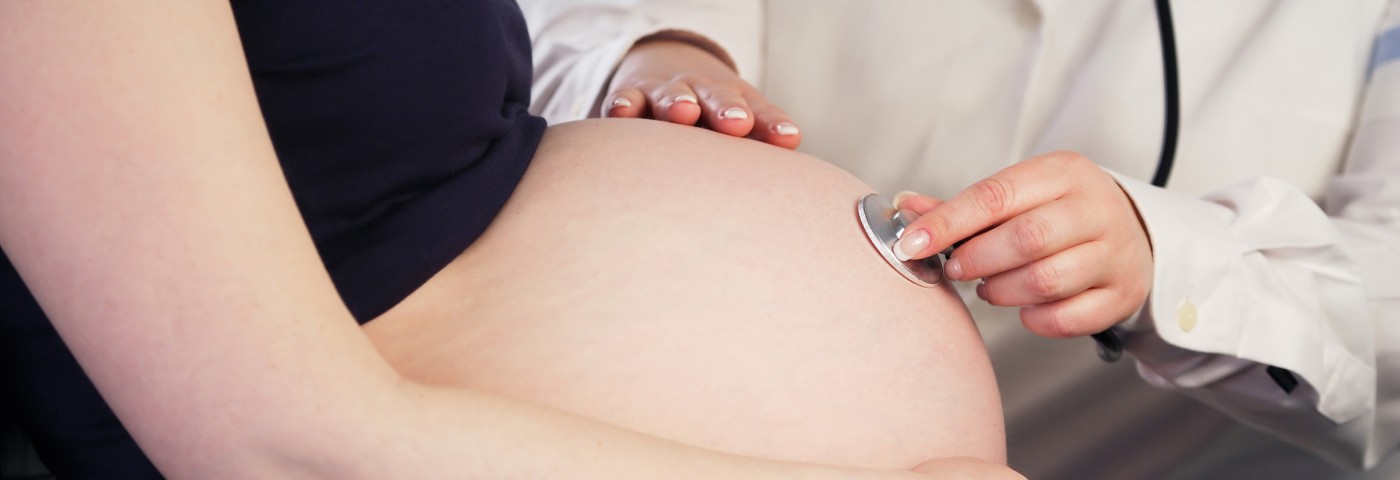Researchers at the University of Toronto and the Mount Sinai Hospital in Toronto, Canada, analyzed pregnant women for glucose tolerance and levels of prolactin, among other factors, and found that high maternal serum prolactin is associated with improved pancreatic β-cell function and a lower risk for prediabetes or diabetes three months after giving birth.
The findings, in the study “Maternal Serum Prolactin and Prediction of Postpartum β-Cell Function and Risk of Prediabetes/Diabetes” published in the journal Diabetes Care, indicate that measures of serum prolactin may help identify women at high risk of prediabetes or type 2 diabetes postpartum.
Insulin resistance occurs when the body produces insulin but is unable to use it effectively, and glucose levels build in the blood. It is a common condition in pregnancy and, at a cellular level, translates into physiologic stress in pancreatic β-cells, which compensate by increasing the production of insulin. This is achieved by the expansion of the pancreatic β-cells’ masses, induced by the hormones prolactin and human placental lactogen (HPL). The furan fatty acid metabolite 3-carboxy-4-methyl-5-propyl-2-furanpropanoic acid (CMPF), in contrast, is a negative regulator of pancreatic β-cell activity during pregnancy.
Researchers hypothesized that measurements of antepartum prolactin, HPL, and CMPF could relate to a woman’s glucose regulation physiology and metabolic state after pregnancy, and help identify those women who would benefit most from the postpartum oral glucose tolerance test recommended to patients with gestational diabetes.
To investigate this hypothesis, the scientists measured fasting serum prolactin, HPL, and CMPF in 367 pregnant women. At three months postpartum, the women were given an oral glucose tolerance test (OGTT) to assess glucose tolerance, insulin sensitivity, and β-cell function.
Postpartum OGTT identified 301 women with normal glucose tolerance, 60 with prediabetes, and six with type 2 diabetes. Serum prolactin during pregnancy was higher in women with normal glucose tolerance, while CMPF and HPL did not differ between groups. Further analysis revealed that antepartum prolactin was an independent determinant of postpartum insulin resistance.
The researchers concluded that higher serum prolactin in pregnancy is an independent predictor of a lower risk of postpartum prediabetes and diabetes.
“Further study is needed to identify the underlying mechanism by which prolactin in pregnancy relates to postpartum beta-cell function, which appears to be the basis for its capacity for predicting postpartum prediabetes/diabetes,” Ravi Retnakaran, MD, the study’s first author, said in a news release.


